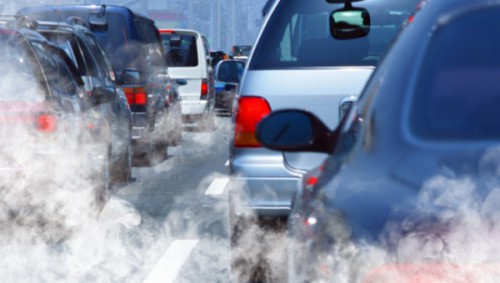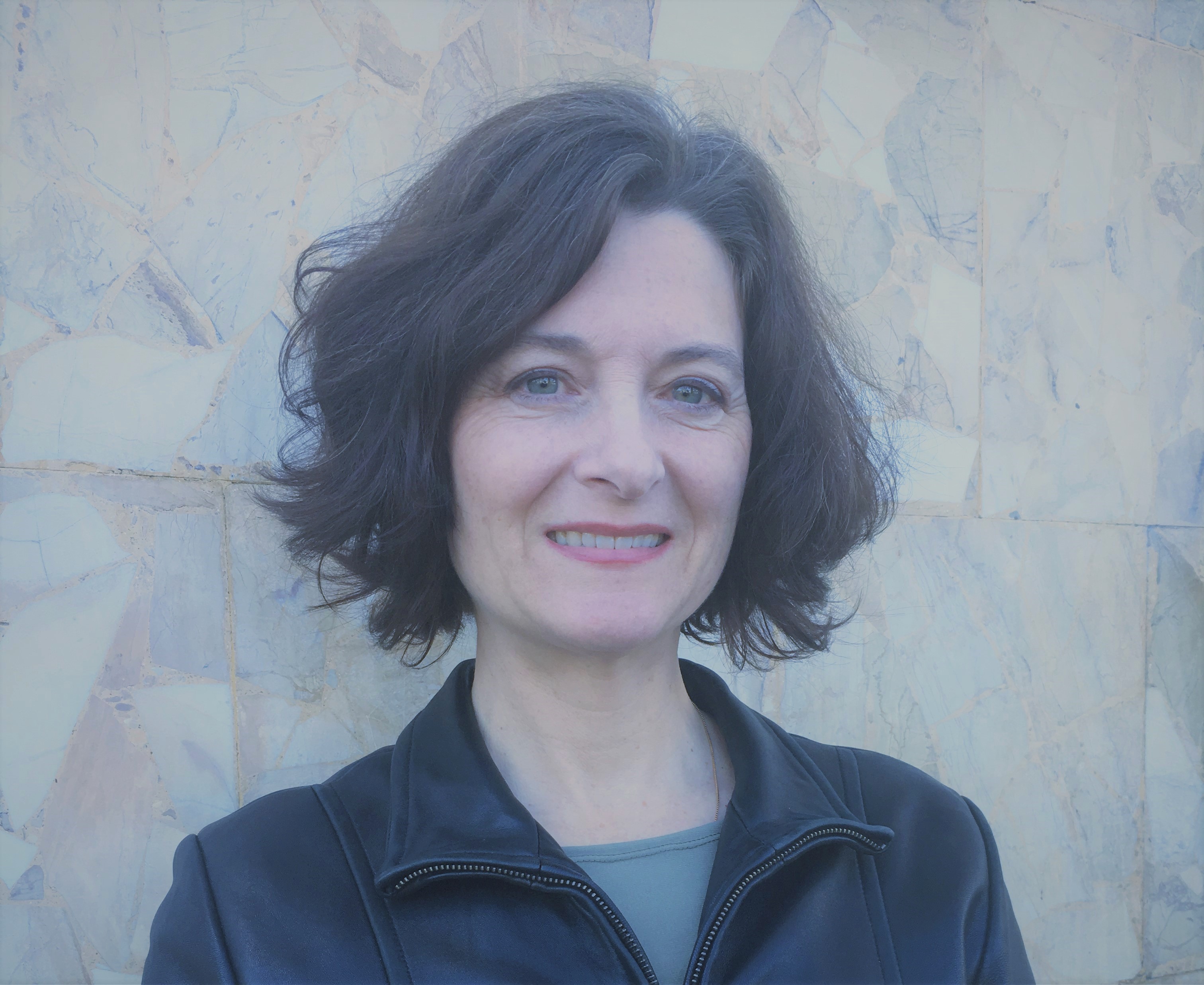 by Leanna Sweha
by Leanna Sweha
The US EPA recently announced that it would reconsider national model year (MY) 2022-2025 fuel economy rules that cover both greenhouse gas and criteria pollutants. The same day, the major automakers filed a lawsuit to invalidate these rules.
The California Air Resources Board (ARB) last Friday decided to go forward with the same MY 2022-2025 rules, setting up what the Sacramento Bee reports could be “a potentially bruising legal battle with the White House…”
California may have to defend its right to make and enforce its own vehicle emissions rules. But it’s in a strong position to do so. In fact, one could argue that California is in the driver’s seat.
Understanding the back story on this issue explains why that is.
In 2005, California adopted first-in-the-nation rules requiring new vehicles to reduce greenhouse gas emissions. Because the most effective way to reduce greenhouse gases is to reduce fuel consumption, the rules were basically fuel economy standards.
Automakers sued to stop the 2005 rules, arguing that only the federal Department of Transportation (DOT) had the authority to regulate fuel economy through its Corporate Average Fuel Economy (CAFE) standards.
California pushed forward and applied to the EPA for a waiver of preemption from the Clean Air Act for the 2005 rules. A waiver is required when California enacts pollution standards for vehicles that are stricter than federal standards and is a special authority granted only to California under the Act.
At the time, though, EPA didn’t regulate greenhouse gases under the Clean Air Act or any other law. This soon changed. In 2007, EPA got the green light to regulate greenhouse gases, when the Supreme Court ruled in Massachusetts v. EPA that greenhouse gases are pollutants under the Clean Air Act. The Court also said EPA could enact fuel economy standards without infringing on the DOT’s authority.
In 2009, EPA granted California its waiver. This created the potential for two fuel economy markets, one for California (and other states that adopted the California standards), and the federal CAFE standards for the rest of the states.
Previous California waivers, such the one for rules limiting smog forming pollutants, also resulted in two different standards. But automakers could comply by equipping vehicles for the California market with special equipment like catalytic converters. CAFE standards, on the other hand, are averages over an automakers’ fleet. Automakers claimed that two fuel economy standards would be disruptive and cost prohibitive. Moreover, this was 2009. The Great Recession was bankrupting the automakers.
The Obama Administration soon began closed door negotiations with the automakers and ARB. This led to an agreement, the terms of which were confidential, to enact a “national program” to regulate both greenhouse gas and criteria pollutants using fuel economy as the measure. California agreed to amend its regulations to say that automakers who met the federal rules also met California rules. The automakers withdrew their lawsuit. In addition, federal bailout money for certain automakers may have been tied to the agreement.
EPA and DOT issued the national program rules in 2010. A second set of negotiations was required in 2011 over national rules for MY 2017-2025, after ARB announced its intentions to strengthen its emissions standards. This time, the parties agreed to a mid-term evaluation of the MY 2022-2025 standards, in part because DOT may not issue rules more than five years in advance. The new rules, finalized in 2012, require automakers to reach a CAFE rating of 54.5 miles per gallon by MY 2025.
This brings us up to date and back to EPA’s reconsideration of the MY 2022-2025 rules. Reconsideration doesn’t revoke the rules – it simply reopens the review. But the thing is, if the national MY 2022-2025 rules are changed, then we are back to two fuel economy markets again, something the automakers say they don’t want.
So, the best case scenario for automakers would be if EPA revokes California’s waiver to regulate greenhouse gases under the Clean Air Act. But this would be an uphill climb. UC Davis Law Professor Richard Frank testified in a recent state senate hearing that “the burden is on those challenging California’s waiver request to prove that California hasn’t satisfied the statutory criteria; that the proper scope of USEPA’s waiver hearing is limited; and that USEPA is required to give substantial deference to California’s policy judgments…”
So, California looks to be in a pretty strong position on either a litigated or negotiated outcome.
This may explain ARB Chair Mary Nichols’ chiding of the automakers at the March 24 hearing. “What were you thinking when you threw yourself on the mercy of the Trump administration to solve your problems?” Nichols asked.





